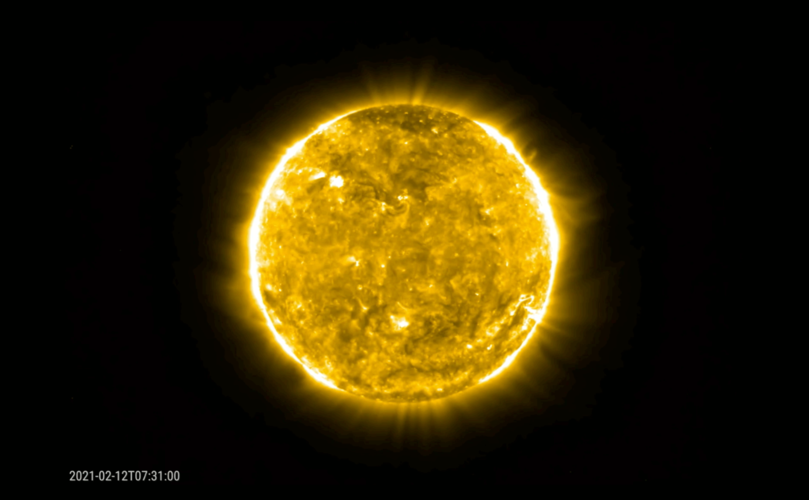
A close perihelion pass of the Sun on 10 February 2021, which took the spacecraft within half the distance between Earth and the Sun, was one such opportunity for the teams to carry out dedicated observations, checking instrument settings and so on, in order to best prepare for the upcoming science phase. In full science mode, the remote sensing and in situ instruments will routinely make joint observations together.
At the same time as the close solar pass, the spacecraft was ‘behind’ the Sunas viewed from Earth, resulting in very low data transfer rates. The data from the close flyby have therefore taken a long time to be completely downloaded and are still being analysed.



